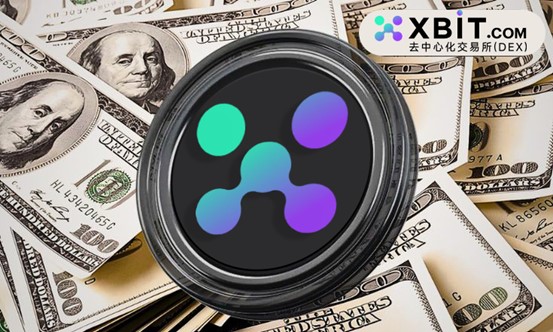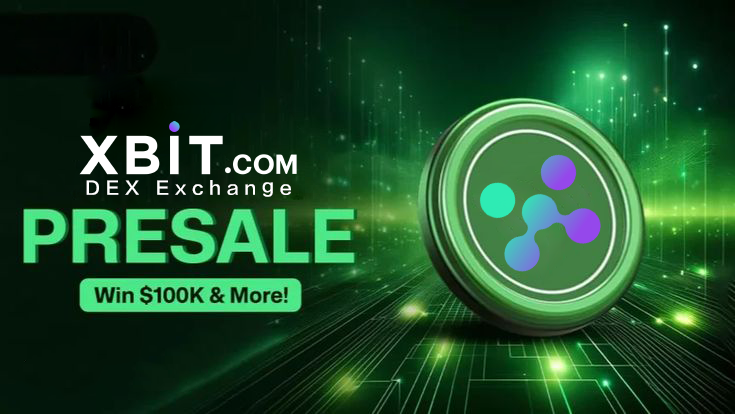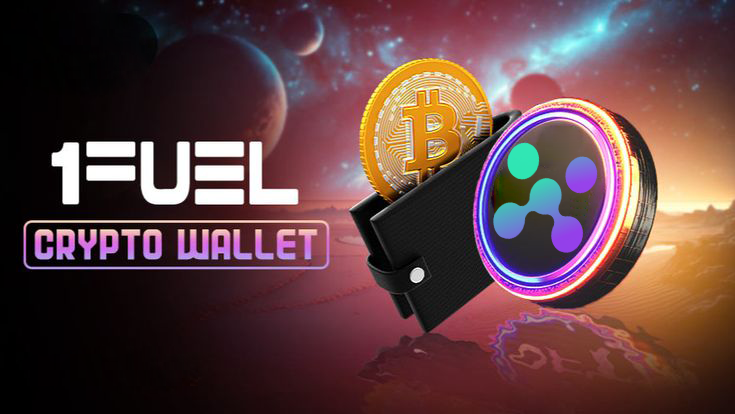The recent adjustment of the Trump administration's tariff policy has caused a huge shock in the traditional financial market. The market value of US stocks has surged by 4 trillion US dollars in a single day. The crypto market has fluctuated synchronously. The 24-hour DEX spot trading volume reached 1.914 billion US dollars, which is still a gap from CEX's 88.18 billion US dollars, but the decentralized track has significant growth potential. In this context, the XBIT decentralized trading platform has become a new option for user asset hedging with its multi-chain aggregation and zero custody risk design. It adopts an on-chain smart contract automatic liquidation mechanism, supports one-click exchange of cross-chain assets, and reduces the slippage loss of liquidity mining through a dynamic unlocking strategy. At present, the XBIT decentralized exchange platform has integrated more than 10 public chain assets, with an average daily trading volume of more than 12 million US dollars. The non-custodial model and anti-censorship characteristics further strengthen users' demand for decentralized transactions.

DEX track dynamics: technological innovation and compliance game in parallel
Recently, the DEX field has been active. Uniswap announced that the V4 version will introduce the "hook contract" function, allowing developers to customize liquidity pool parameters, which is expected to reduce gas costs by 30% and improve the efficiency of long-tail asset transactions. Its governance token UNI rose 12% during the week. Curve, the leader of stablecoin DEX, pushed the total locked volume to US$2.4 billion by adding a DAI-USDC hybrid pool, and the 30-day trading volume increased by 18% month-on-month. In addition, the aggregator 1inch launched the "Fusion 2.0" mode, which controls the slippage of large transactions within 0.3% through the MEV protection algorithm, successfully attracting institutional users to migrate. It is worth noting that the XBIT decentralized exchange platform recently launched the "safe unlocking" function. Users can set segmented release rules when staking LP tokens to reduce the instantaneous capital risk caused by smart contract vulnerabilities. The staking volume increased by 47% within two weeks of the launch of this function.

DEX vs CEX: Non-custodial advantages reconstruct the trading trust system
The core advantage of DEX is to eliminate the risk of single point failure. Taking the FTX crash in 2022 as an example, users lost more than $8 billion due to CEX misappropriation of funds, while DEXs such as Uniswap did not experience asset theft during the same period, which confirmed the security of the non-custodial architecture. DEX achieves automatic market making through liquidity pools and AMM algorithms. For example, after Sushiswap launched a centralized liquidity pool on the Arbitrum chain, the depth of the ETH/USDC trading pair increased by 3 times and the slippage dropped to 0.05%. The XBIT decentralized exchange platform innovatively uses zero-knowledge proof to verify the authenticity of liquidity, and users can audit the status of the fund pool in real time. In terms of transaction costs, the average CEX fee rate is about 0.2%, while DEX can reduce the cost to less than 0.05% through Layer2 expansion. For example, dYdX achieves 9,000 transactions per second on StarkNet, and the single transaction fee is less than $0.01.

DEX Ecosystem Panoramic Scan: Multi-chain Competition Gives Birth to Segment Leaders
The current mainstream DEX presents a multi-chain differentiation pattern. Uniswap on the Ethereum chain ranks first with an average daily trading volume of 4 billion US dollars, and its V3 version has a capital utilization rate of 4 times that of CEX; PancakeSwap on the BSC chain attracts retail investors with its low Gas advantage, and the locked position is maintained at 1.5 billion US dollars; Solana ecosystem Raydium has added more than 100,000 new users in a single week with the MEV protection mechanism. In the cross-chain track, THORChain realizes cross-chain exchange of native assets, and the trading volume increased by 62% in 30 days. Emerging platforms such as XBIT focus on vertical scenarios. Its "flash exchange" function can complete cross-chain transactions within 3 seconds, supporting zero-slippage exchange of 8 mainstream assets such as BTC and ETH. Data shows that the total number of DEXs in the world has exceeded 200, with a total locked position of 55 billion US dollars. Despite regulatory uncertainties, the decentralized and anti-censorship characteristics continue to promote the increase in industry penetration.

The rise of DEX exchanges marks a historic transfer of financial asset custody rights from institutions to individuals. The current mainstream DEXs in the market, such as Uniswap, Curve, and 1inch, have solved the risk of fund misappropriation in traditional CEXs through non-custodial architecture and AMM mechanisms, while improving transaction efficiency with functions such as multi-chain aggregation and lightning exchange. In the future, with the popularization of technologies such as Layer2 expansion and zero-knowledge proof, DEX will further reduce transaction costs and expand complex scenarios such as derivatives. The DEX platform has pointed out the direction for the industry through innovative functions such as "safe unlocking" and "zero slippage exchange" - decentralized trading is not only a technological iteration, but also an inevitable path for the awakening of financial autonomy, which may reshape the rules of global asset flows.
















No comments yet